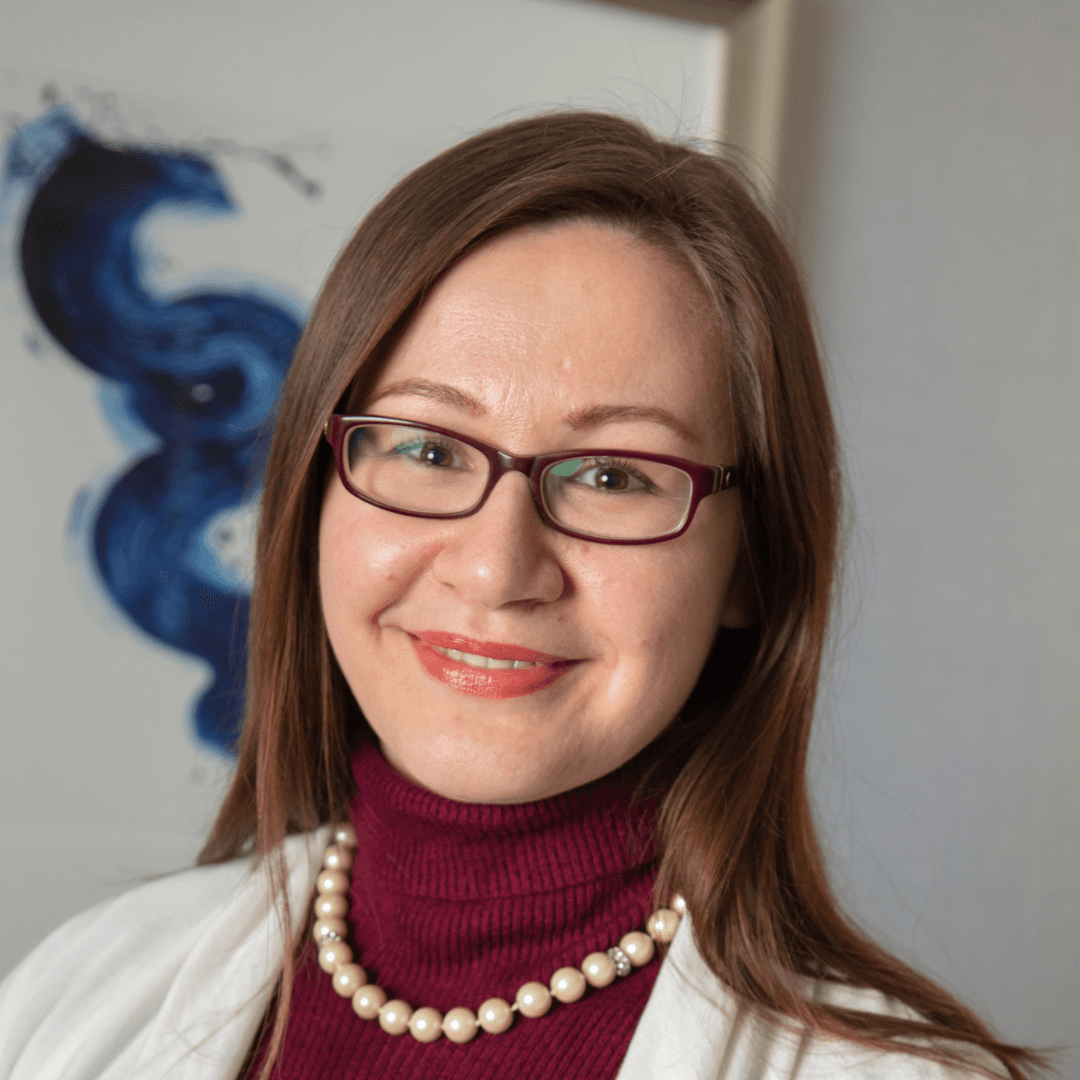Common symptoms of rosacea include redness, flushing, visible blood vessels, and inflamed bumps (papules and pustules) on the skin of the face which may be accompanied by a burning or stinging sensation. These symptoms primarily affect skin on the cheeks, nose, chin, and forehead, and may be persistent or transient in nature. Flare-ups of flushing and/or erythema are common, and may occur following exposure to a trigger (e.g., heat, sun exposure, alcohol). Some people experience thickening of the skin, usually on the nose — a phenomenon called rhinophyma — which appears as nodular growths and bulbous enlargement of the nose.[1][2]
More than half of people with rosacea experience symptoms in and around the eyes, including dryness, burning, itching, redness, sensitivity to light, inflammation of the eyes or eyelids, and rarely, inflammation of the cornea; the latter can lead to vision loss.[1][2]


